
Onyankopon and the African Monsters
A large earthquake occurred in Fukushima just after 11pm on February 13th.
A seismic intensity of 6+ was observed in the Nakadori and Hamadori areas of Fukushima Prefecture, and in southern Miyagi Prefecture.
It was almost 10 years since the Great East Japan Earthquake, so many people were reminded of what happened at the time.
I myself was living in northern Ibaraki Prefecture on 3/11 and was affected by the disaster, so I looked into the damage caused by this earthquake in the area where I was living at the time, and was relieved to see that there did not appear to be any major damage.
There is a possibility that aftershocks will continue for some time to come, so people living in Tohoku and northern Kanto should be cautious.
For information on the relationship between earthquakes, disasters, and yokai, please refer to our previous article.
https://youkaiya.jp/archives/1553
Onyankopon, the God of Ghana
Changing the subject, today, February 14th, is Valentine's Day.
Cocoa beans, the raw material for chocolate, are a crop that is produced in large quantities in West African countries such as Côte d'Ivoire and Ghana.
Famous Ghanaian gods include:Onyankopon" There is.
Onyankopon is a god of the Ashanti people of Ghana, West Africa, and is considered to be a sky god and a creator god. Onyankopon is often considered to be another name for the god "Nyame", who is also a god of the Ashanti people, and is sometimes considered a god of Akan speakers, so there are many ambiguities regarding his status as a god.
The name "Onyankopon" has recently become famous as a character in "Attack on Titan," but the origin of the name is thought to be the Ghanaian god mentioned above.
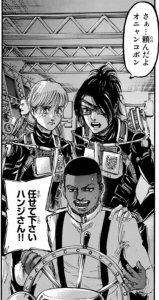
African monsters
The legends of African monsters vary greatly depending on the country and ethnic group, and in some regions strong European and Islamic influences remain.
"Andormun" is a dwarf monster from the folklore of the Dogon people of West Africa.
"Yevan” refers to a ghostly presence among the Sangha people of West Africa.
"Asp" is a monster snake that resembles a cobra and is found in northeastern Africa.
It has a mysterious gaze that can put living things to sleep, and it is said that any living thing that is gazed upon by it will fall asleep.
It is mentioned in the Roman writer Pliny's book on natural history, "Natural History."
"Catoblepas" is a monster that lives in Ethiopia with the body of a black buffalo and the head of a pig.
It is said that anyone who is glare at by a Catoblepas will surely die, but it is also said that it is not particularly dangerous because its head is heavy and it always looks down.
However, it is said that the breath it exhales is also poisonous, and any grass it blows on will wither and die.
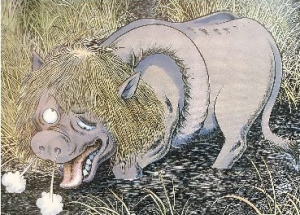
African monsters are often obscure creatures that are not well known in Japan, but as Mizuki-sensei says,The Thousand Monsters TheorySome of the yokai are similar to those found in Japan, such as "Yokai in the Forest."
It might be interesting to explore the commonalities between Japan and Africa through the lens of yokai.
Reference: "Shigeru Mizuki's Continued World Monster Encyclopedia" (Shigeru Mizuki, Tokyodo Publishing)
Text by Keijiro Watanabe
■ Keichan Watanabe
He currently lives in Sapporo, Hokkaido. He was born in Asahikawa. He graduated from the School of Human Sciences at Waseda University. He is an independent researcher of yokai. He is an IT coordinator, a Certified Information Systems Auditor (CISA), and a Project Management Professional (PMP).
He currently works as a management and IT consultant, residing in Sapporo, Hokkaido, and traveling throughout the prefecture and Tokyo. However, he studied folklore and cultural anthropology at university, and continues to research yokai as his life's work.
I am currently writing articles about monsters associated with Hokkaido, where I currently live, as well as current news about business and economics.
Twitter: https://twitter.com/keishiro_w
Blog: http://blog.livedoor.jp/meda3594/
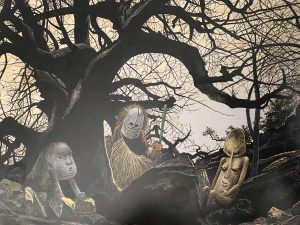

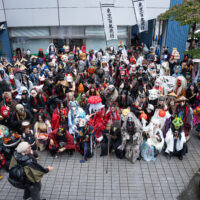
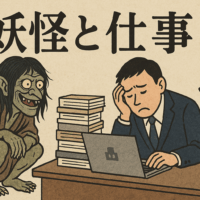
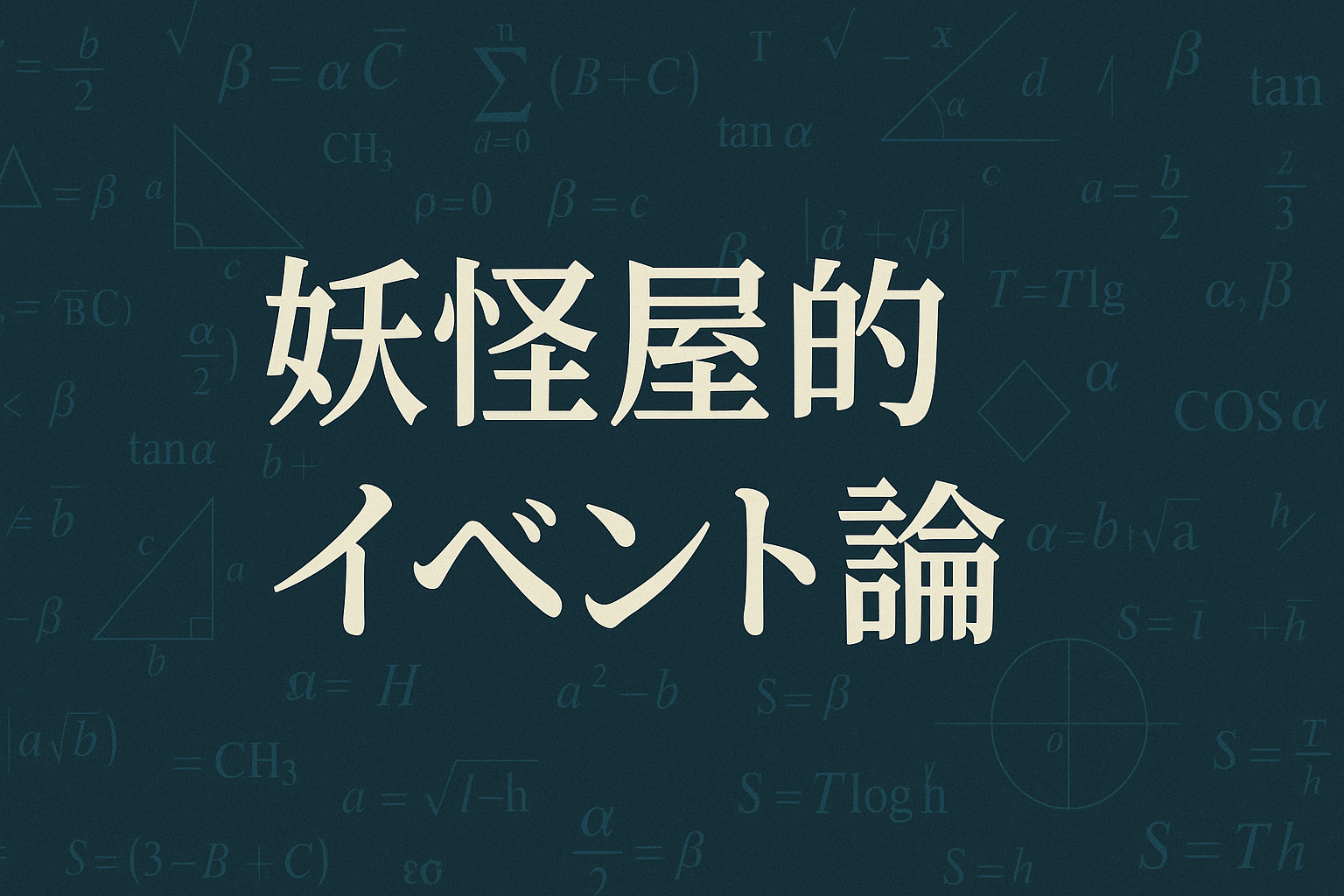



No comments yet.